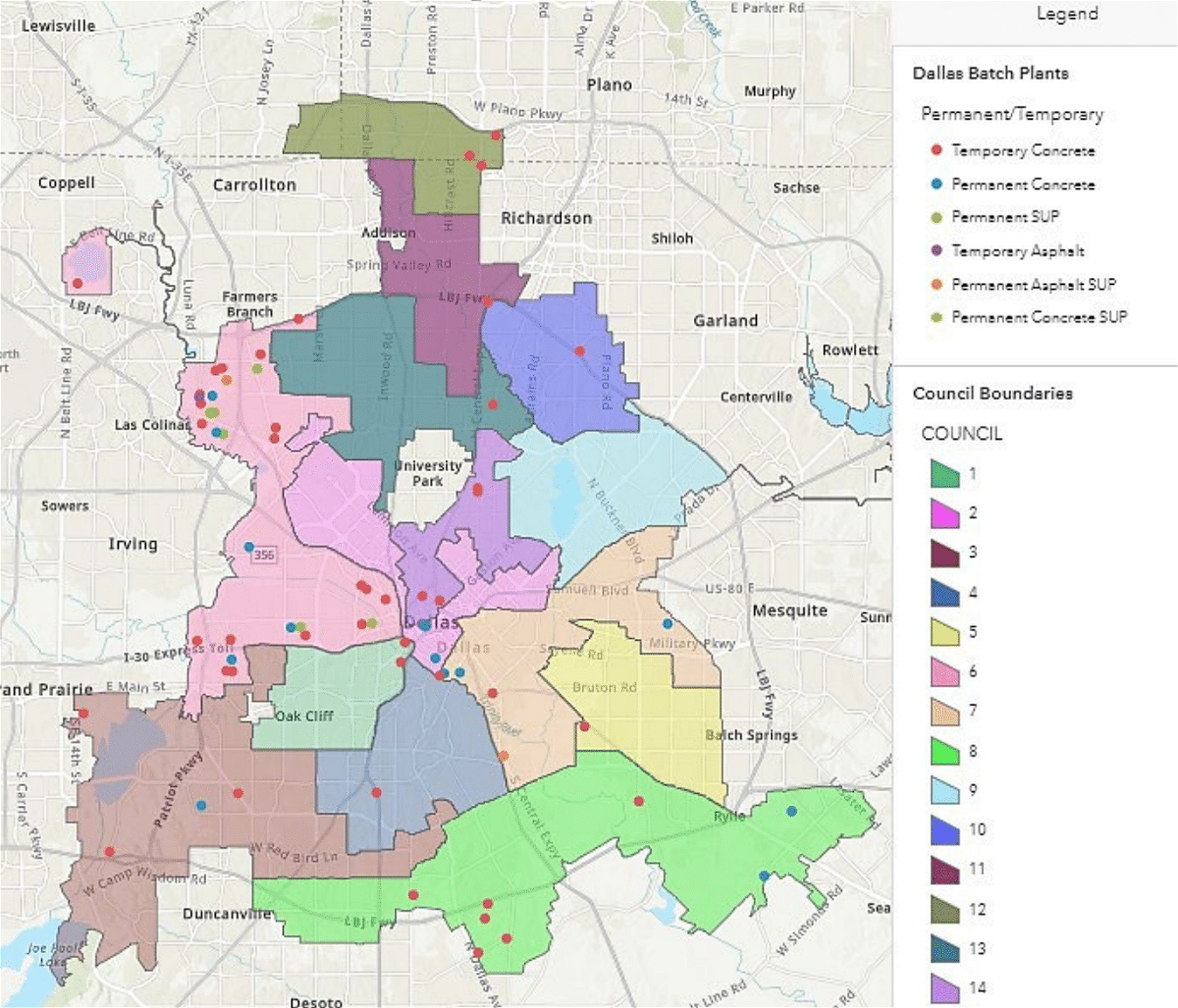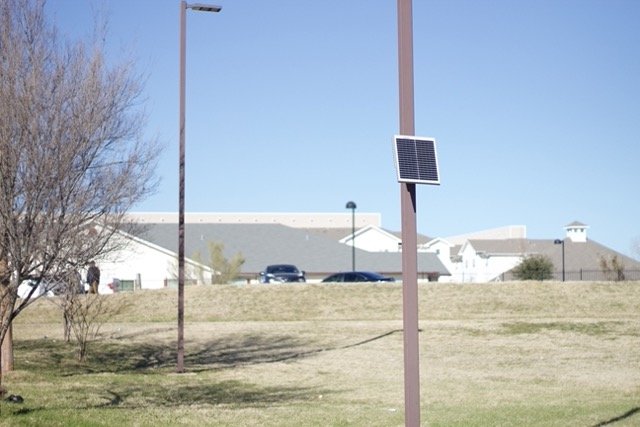Next month, the U.S. Environmental Protection Agency (EPA) will begin analyzing the quality of air, water, soil and fish tissue in West Dallas to determine what pollutants are in the community and how the concentration of industry affects the neighborhood.
“This is a community-based research project that hasn’t been done. It’s only the second one nationwide,” EPA Region 6 Administrator Earthea Nance told neighbors at a West Dallas 1 community meeting Monday. “If a person lives in this neighborhood, we want to be able to say what’s in here — the worst things. We’re looking at the most dangerous things people are exposed to and the cumulative effects of all of that.”
This “cumulative impact assessment” runs from December to July 2024. The EPA will then release a summary report and hold a community meeting to go over their findings and talk about next steps.
What this EPA analysis will mean for West Dallas
West Dallas has a long history of being polluted by heavy industry. In the past, the RSR smelter poisoned the soil and water with lead. Asbestos recently was found in the soil near the old W.R. Grace vermiculite plant.
“There are still concerns about the remediation of the soil even after the superfund clean-up,” said Esther Villareal, a West Dallas resident and City of Dallas environmental commissioner. “That’s what this study is going to tell us — is there still lead in our soil, in our systems? What water are we splashing around in when we go to the lake? What air are we breathing in?”
Currently, West Dallas contains nearly one-fifth of Dallas’ concrete batch plants, which release dust and particles into the air, as well as roofing shingle manufacturer GAF, which is one of Dallas’ biggest emitters of sulfur dioxide. These pollutants hurt people’s lungs.

EPA says this study will examine the combined impacts from the many different emission sources in the neighborhood. It will investigate whether individual facilities are violating the terms of their permit, and if their combined emissions violate the National Ambient Air Quality Standards.
West Dallas neighbors have been trying for decades to know the full truth of what contaminants are in the air they breathe, the water they drink, the plants they grow and the fish they eat.
“We want to look at all of this holistically,” said Jeff McAtee, EPA Region 6’s external affairs director. “Things in the past have been stovepiped, such as looking at air monitoring but nothing else.”
The EPA says this study will give more precise and credible data, which the community can use to push the Texas Commission on Environmental Quality as well as other state and local government entities for more protective measures in permits and policies.
What West Dallas neighbors said
Neighborhood groups West Dallas 1 and Singleton United helped select sampling sites, and EPA officials will meet with them monthly over the course of the study. Janie Cisneros, leader of Singleton United, thanked the EPA for “for prioritizing us and putting their resources into this community … because that’s something we’re currently not seeing at the local level.”
Both neighbors and city officials expressed that the current EPA administration’s focus on environmental justice is encouraging, and they feel the EPA is a strong ally of the community.
Residents also wanted to know how the data could be used, how EPA would follow up on the study’s results as a regulator, and what enforcement actions they might be able to take.
What EPA told West Dallas neighbors
While EPA does not have the authority to give orders to the Texas Commission on Environmental Quality, they could use the data gathered by this study in an enforcement action or permit review if violations are found.
If, for example, the study found a concrete batch plant having higher emissions than allowed by their permit, “I don’t think EPA would hesitate giving TCEQ that feedback,” McAtee said.
EPA officials also emphasized that the government is responsible to residents.
“As citizens of Dallas, we owe it to you to understand what air you’re breathing, what kind of water your kids are swimming in,” McAtee said, adding that residents can use this data as leverage in their efforts to remove polluters.

What’s next
West Dallas 1 and Singleton United will share further information with neighbors about the study once it kicks off.
Sampling will start in December. On certain days, the EPA and contractors will be at Fish Trap Lake to reel in fish for tissue samples, and they welcome help from the community. Follow Dallas Free Press’ West Dallas events calendar and subscribe to our texts to be notified of fishing days.

Leave a Reply